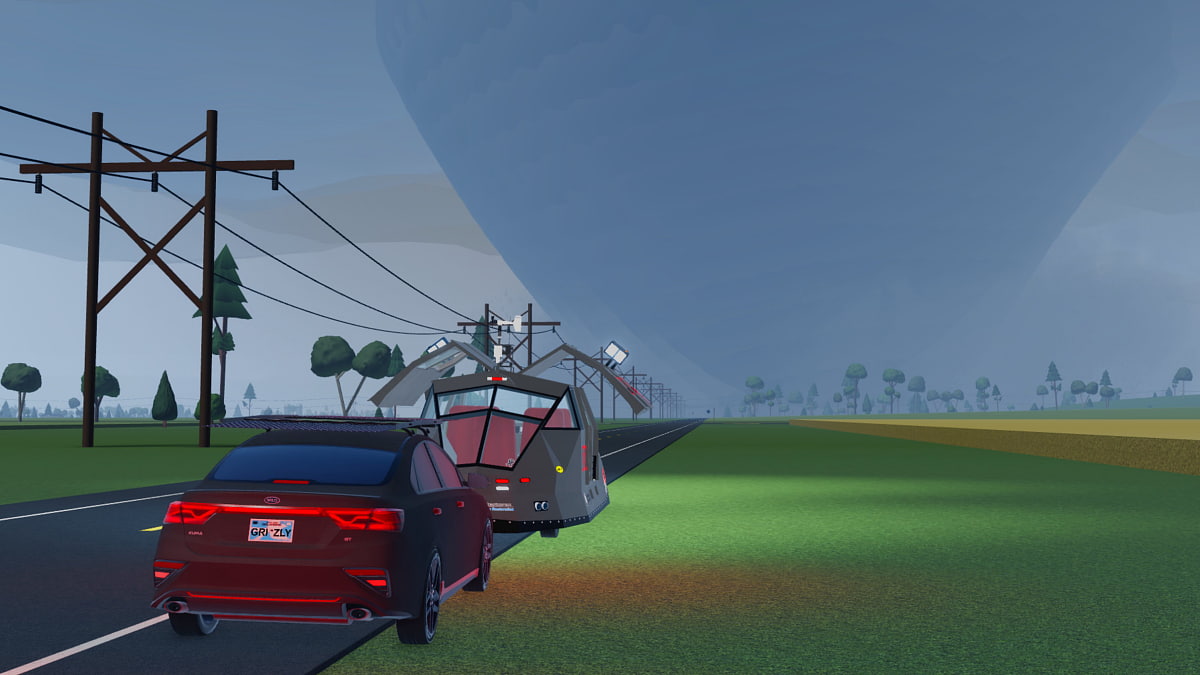I tend to be the type of gamer who prefers a lot of action in games. I want to explore, of course, and I want a great story in games where such depth is appropriate. But more than anything, I want to fight something. So when I accepted an appointment for Fullbright’s follow-up to Gone Home, Tacoma, it was with the specific intention of pulling myself out of my comfort zone as a gamer – it would be inappropriate for my to only agree to meetings with developers who make games I usually like at the expense of games I don’t, but readers might. Admittedly, I was one of maybe five people who didn’t particularly enjoy Gone Home – although it was a perfectly fine game, it wasn’t the type that appeals to me individually. Luckily, I found myself much more interested in Tacoma – in fact, I would say it was one of the most interesting games that I saw during E3.

Steve Gaynor and Karla Zimonja, the co-founders of the studio, presented the game behind closed doors, and even treated those of us in the presentation to a live performance when audio issues hit the demo late in Day 3. In spite of the mid-presentation technical hiccup, the duo was able to provide me with enough information to leave me appropriately curious.
The titular Tacoma is a commercial space station located between Earth and the moon, run by a team of six humans plus one AI, Odin. The crew is charged with maintaining the station and overseeing cargo deliveries, while Odin is tasked with the more technical aspects of keeping the station running. In the game, you assume the role of independent contractor Amy Ferrier after some sort of malfunction resulted in the crew evacuating the station. Ferrier is tasked with recovering Odin and returning it to its owners. As she enters the station for the first time, Ferrier is greeted by a recorded warning that all activity aboard the station is monitored by AR recording software – a fact that plays a critical role throughout the course of the game. The core of the station is zero gravity, which Ferrier floats freely in as she makes her way to her next location. Each of the other locations are gravitized crew areas, which allow for regular, boring walking.

Due to the fact that the system on the space station is not working correctly, Ferrier has access to data she would not otherwise be able to see – specifically, the aforementioned AR recordings from when the crew was still on board. When she locates this information, Ferrier is able to replay conversations and events from the past. Our demonstration focused on several brief conversations between the crew members, who were represented by different colored silhouettes of their bodies and icons which indicate their individual roles – ie, the medic was represented by a cross, while the operations specialist had a gears icon. The most I saw of their faces were small boxes that appeared over their AR forms, indicating their name and job title. You can pause, rewind, and replay these recordings, moving freely to see what each individual crew member in the area – immediate or distant – is doing at the time of each conversation and event. While this feature is obviously going to be critical in both locating Odin and piecing together the mystery of what happened with the crew, this was a demo, and I left with a healthy curiosity and a pocket full of speculation.
The first thing of interest that I learned came from the earlier conversation, where there was an ambiguous reference to the “conditions” the crew was working under, although no elaboration was given. The second point of interest came when I learned that the air supply on the station had ruptured – and all external communications had been lost.
Without realizing it, I was becoming more and more curious about what happened to the crew up to this point, but the issue with the air supply really piqued my interest. Without being able to help myself, I started hoping for a weird Lord of the Flies situation – the paranoia of being stuck in space with no air, this seemingly close-knit group slowly turning on each other. I could be way off, and obviously no such plot spoilers were present in the brief demo. But it did result in me walking around for half an hour wondering where it was going to go from there. If nothing else, the presentation made me optimistic.
Tacoma will be available in Spring 2017 on Xbox One and PC.




Published: Jun 21, 2016 07:00 pm